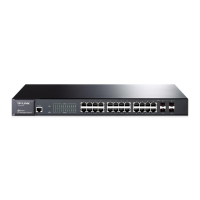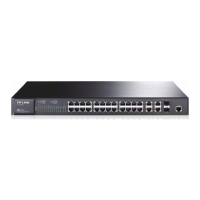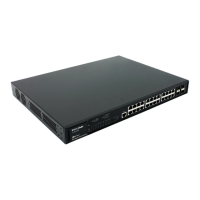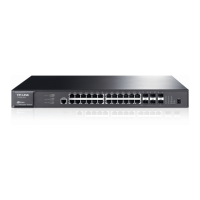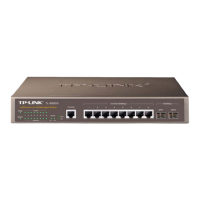36
Chapter 5 Stack
The stack technology is to connect multiple stackable devices through their StackWise ports,
forming a stack which works as a unified system and presents as a single entity to the network in
Layer 2 and Layer 3 protocols. It enables multiple devices to collaborate and be managed as a
whole, which improves the performance and simplifies the management of the devices efficiently.
Advantages
The stack delivers the following benefits:
1. Simplified management. After stack establishment, the user can log in the stack system
through any StackWise ports of stackable devices, and manage it as a single device. You only
need to configure the stack system once instead of operating repetitive configuration on
multiple devices. Various ways such as CONSOLE, SNMP, TELNET and WEB are available
for users to manage the stack.
2. High reliability. The stack is highly reliable in following aspects:
1) The stack system is compromised of multiple devices among which one member device
works as the stack master to take charge of the operation, management and maintenance
of the stack, while the other stack members process services and keep a copy
configuration file in accordance with the master for providing backup simultaneously.
Once the stack master becomes unavailable, the remaining stack members elect a new
master among themselves instantly and automatically, which can ensure uninterrupted
services and furthermore making 1:N backup feasible. Due to the real-time configuration
and data synchronization being strictly executed, the new master can take over the
previous master to manage and maintain the stack system smoothly without affecting its
normal operation.
2) Distributed LACP (Link Aggregation Control Protocol) supports link aggregation across
devices. Since the whole stack system presents as a single device on the network,
external devices can implement LACP with the stack system by connecting to several
stack member devices simultaneously. Among the links between the stack system and
external devices, load distribution and backup can be realized to increase the reliability of
the stack system and to simplify dramatically the network topology as Figure 5-1 shows.
Figure 5-1 Distributed LACP
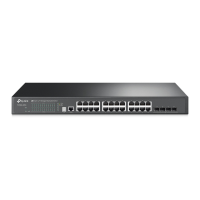
